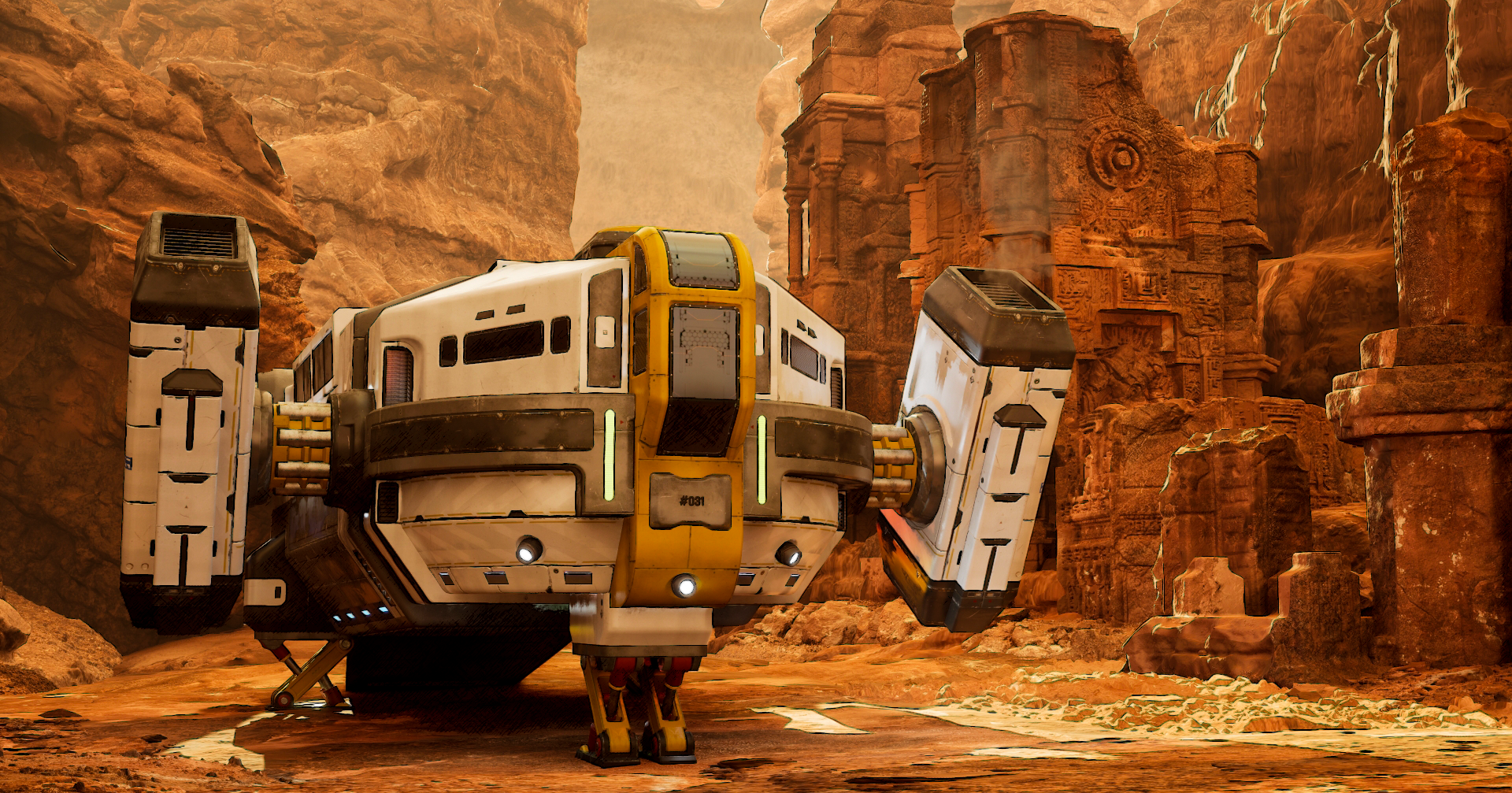Story, Story, Story – The Heart & Soul of Transmedia
An increasing number of television shows are testing the transmedia waters. If you’ve been watching TV lately, you may have noticed an increase in the number of shows that have some web- or mobile-based interactive element to them. Burn Notice has its graphic novel, Falling Skies has its app, andContinue Reading
“Counterpoint” Picturebooks and Transmedia Design
The “counterpoint” approach to storytelling in picturebooks provides a great model for the design of transmedia narratives. In their book Children’s Picturebooks: The Art of Visual Storytelling authors Martin Salisbury and Morag Styles describe the “complementary” versus “counterpoint” approaches to picturebooks. Counterpoint picturebooks use words and images to provide different,Continue Reading
“Complementary” Approaches to Picturebook (and Transmedia) Design
The design of picturebooks can take one of two approaches in the relationship of text and images. In their book Children’s Picturebooks: The Art of Visual Storytelling authors Martin Salisbury and Morag Styles describe “complementary” versus “counterpoint” picturebooks. In a complementary design, the “images reflect and expand what is inContinue Reading
New Publishing Schedule
For the past nine months I’ve been publishing posts three times a week on the Transmedia Digest blog. However, as I focus on a couple of transmedia (and other) writing projects over the next few months, I will be cutting back to one post a week. My objective when IContinue Reading
Picturebooks Provide Insights into Transmedia Design
The interplay between text, images, audio, and video are at the heart of transmedia storytelling. It is this interplay that gives transmedia narratives the potential to create narrative experiences that engage audiences across multiple dimensions. Working with multiple media to ensure that they don’t “step” on each other and theContinue Reading
Transmedia Project Insights: The Numinous Place
Transmedia narratives offer storytellers a range of possibilities that are not available to those who create their stories with just one medium in mind. It is the possibility of creating a multidimensional storyworld in which the physical and metaphysical worlds blend seamlessly that has Mark Staufer excited about transmedia storytelling.Continue Reading
Transmedia Project Design Questions: Stories (Part 4)
The progression and sequencing on a transmedia narrative can have a significant impact on how various media are used. These questions should be answered while designing the story’s structure: Does the story move progressively forward to a final action beyond which the audience can’t imagine another? (Story Level Design Tasks)Continue Reading
Transmedia Project Design Questions: Stories (Part 3)
Theme, story arc, and plot are essential to the design of effective stories. These questions will help in their development: What is the controlling idea (theme) of the story? (Story Level Design Tasks) Is there a story arc that spans multiple elements of the story? (Story Level Design Tasks) WhatContinue Reading
Transmedia Project Design Questions: Stories (Part 2)
A story’s “shape” can provide insights into how it might be structured as a transmedia narrative. For example, using the traditional Freytag’s Triangle shape will probably be best suited for a story told using a single medium (e.g. book, movie, etc.). On the other hand, a vertical story shape withContinue Reading
Transmedia Project Design Questions: Stories (Part 1)
While the storyworld is an essential part of a transmedia narrative, it is the individual stories that keep the audience involved. These questions can serve as a guide when creating the story: Does this story serve as a “point of entry” to the storyworld? (Storyworld Level Design Tasks) What isContinue Reading
